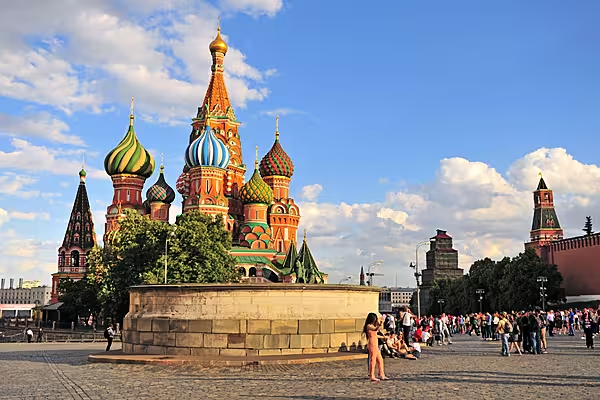Ukrainian Danube river ports exported a record three million tonnes of food in May amid a significant slowdown in exports through its key Black Sea ports, the Ukrainian seaport authority said.
The push for alternative export routes has taken on urgency during the war after Russia blocked Ukraine's traditional export route via the Black Sea and only a limited volume is shipped out under a deal mediated by Türkiye and the United Nations.
Three Ukrainian Danube river ports processed a total of 5.5 million tonnes of all cargo in pre-war 2021, industrial sources said. The volume was at 4.06 million tonnes in 2020.
The share of Danube ports in Ukraine's overall port turnover was between 2.5% and 4.2% in the last four pre-war years.
"This is an absolute record for the ports of this region," the authority said in a statement late on Sunday.
Port Facilities And Fleet
"Even now, world-renowned companies are investing in the development of port facilities and fleet on the Danube, which allows us to constantly increase the volume of exports and imports," it said.
The insufficient depth of the canals leading to the sea from Danube ports, the inability to load large ships and the high cost of logistics compared to Black Sea ports have been traditional obstacles to trade via the Danube.
A senior Ukrainian official said last month that Kyiv aimed to begin work to make its Danube shipping canal deeper as early as this year to expand its alternative routes to export grain.
Ukraine, which was invaded by Russia last year, has already increased the depth of its southwestern Bystre Canal on the Danube River to 6.5 metres from 3.9 metres with the aim of increasing food exports from its river ports.
Ukraine would like to extend the depth to 7.2 metres, similar to that of the Romanian canal.
Ukrainian officials have said that since mid-April, Russia has "unreasonably restricted" the work of the Black Sea grain deal. Russia has denied this.
A quarter of Ukraine's agricultural exports currently pass through its Danube ports, while half exits via its Black Sea ports and another quarter traverses Ukraine's western land border.
News by Reuters, edited by ESM – your source for the latest supply chain news. Click subscribe to sign up to ESM: European Supermarket Magazine.














